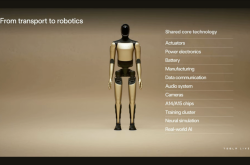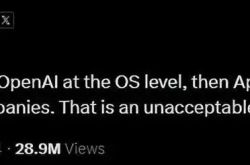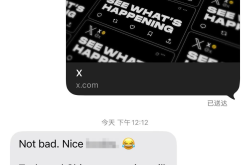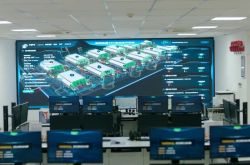Samsung Galaxy S25 Series Pre-Sale Begins in China: Pricing Bold, Configuration Puzzling!
![]() 01/23 2025
01/23 2025
![]() 565
565
Despite the intense competition among domestic mobile phone manufacturers since early 2025, characterized by price wars even for premium flagship models, the domestic market has witnessed prices continuously reaching new lows. In theory, this downward trend should extend to new devices launched within the month. Nonetheless, Samsung, as the flagship bearer of the Android ecosystem, has sparked heated debates in China with its newly unveiled S25 series, priced even higher than the iPhone 16, mere hours after its announcement. Critics argue that with Samsung's already low market share in China, such an aggressive pricing strategy begs the question: Is it setting the stage for future discounts?
Admittedly, the chip performance is nothing short of impressive. The entire S25 series boasts a custom Snapdragon 8 Ultimate chip, with the main core clocking in at a stunning 4.47GHz (4.32GHz for the standard version). Yet, for a starting price of 6499 yuan (S25+ at 7499 yuan, Ultra version at 10199 yuan), it comes with a 1080P screen, a configuration that leaves many scratching their heads.
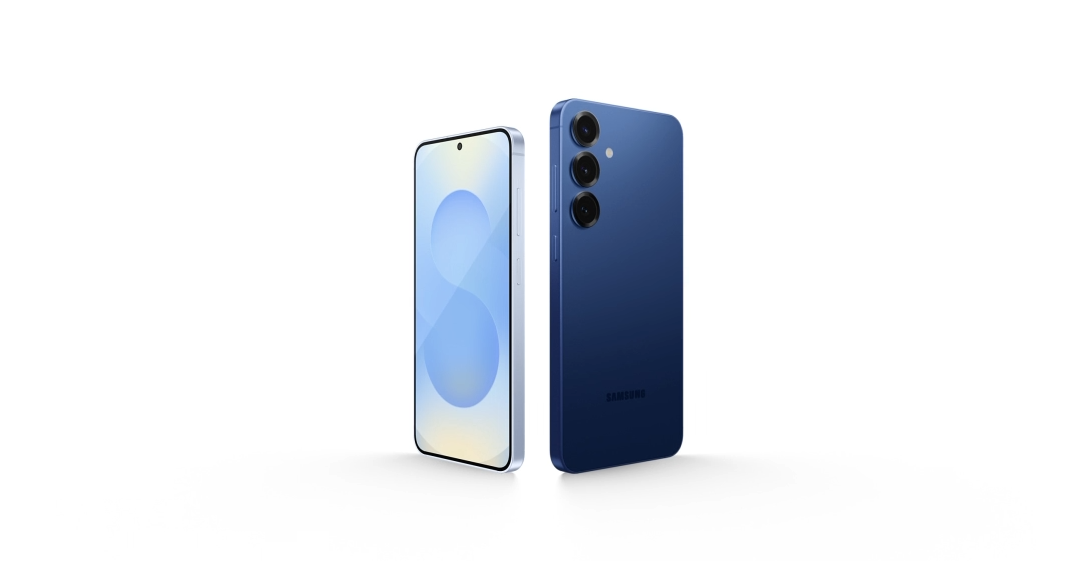
While Samsung's OLED screens are renowned for their quality, and it's unthinkable to equip their latest flagship with anything less, the screen resolution choice at this price point has left many puzzled. Personally, I speculate that battery life could be a factor. The standard S25, with its 4000mAh battery, must juggle the power consumption of the overclocked 4.47GHz chip and new AI features. To ensure adequate battery life, reducing screen resolution seems a plausible compromise. Some may wonder why Samsung didn't opt for a larger battery, but that's a question best left unsaid.
Battery capacity aside, the 25W charging power also seems underwhelming. Perhaps Samsung believes a 4000mAh battery doesn't necessitate higher charging speeds. Despite this, the lower battery capacity does have its perks; the standard S25 weighs just 162 grams. Even the S25+ and Ultra models, with their 4900mAh batteries, only support 45W charging.
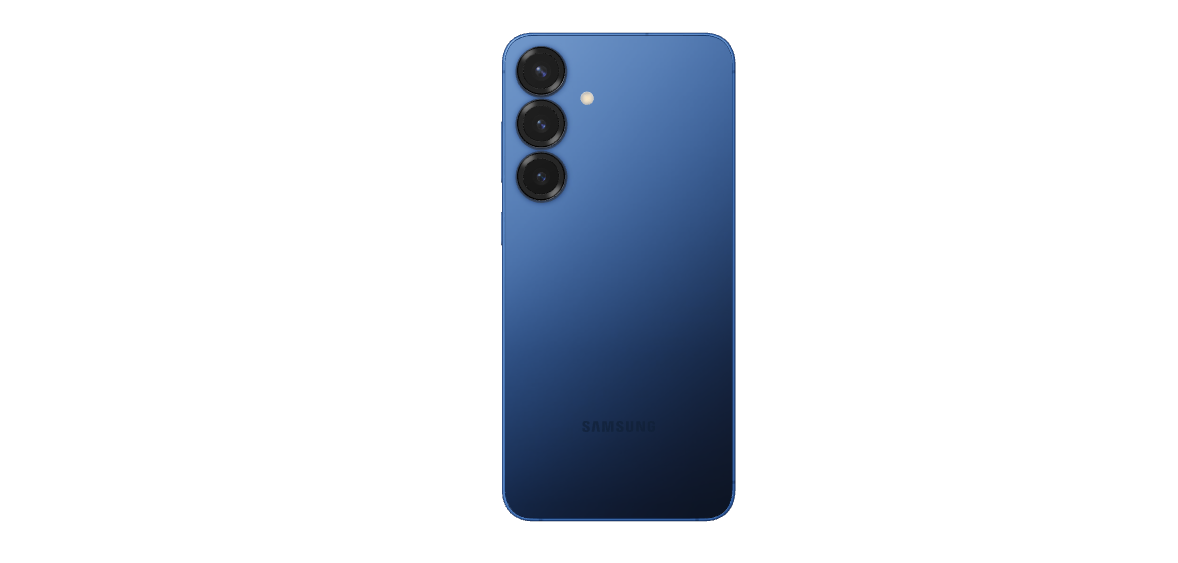
However, as a top-tier Android flagship, the S25 series isn't without its merits. All screens feature visual enhancement technology, delivering exceptional visuals across various lighting conditions. The camera setup, comprising a 50MP main sensor, a 12MP ultra-wide-angle lens, and a 10MP telephoto lens, may not impress with sheer pixel count but introduces noise reduction algorithms for the first time, significantly enhancing low-light photography. Moreover, the entire series defaults to 10-bit HDR, enriching the color palette of captured images.
The real game-changer in the S25 series is Galaxy AI. According to Samsung's official introduction, it excels in both search recognition and multitasking. The question now is whether the Chinese version of the S25 series will leverage Galaxy AI or partner with domestic AI providers. Given the iPhone 16's precedent, I believe the latter scenario is more likely.
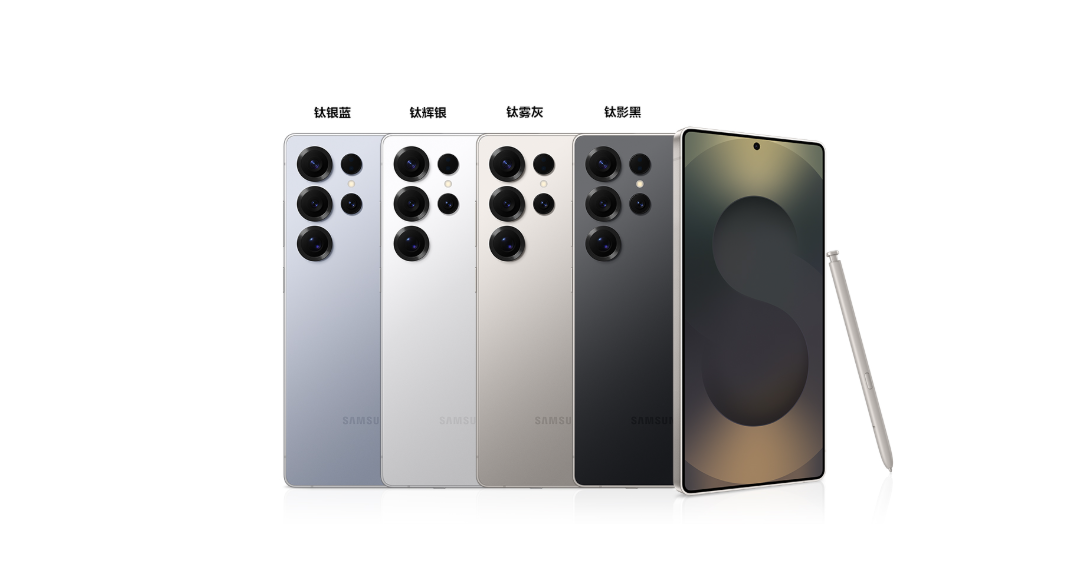
Do you foresee Samsung dropping the starting price by 500 yuan to 5999 yuan post-Chinese New Year, leveraging government subsidies to boost sales?

